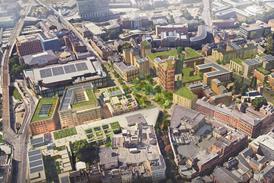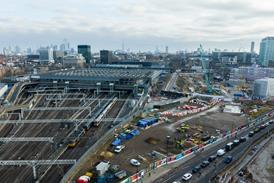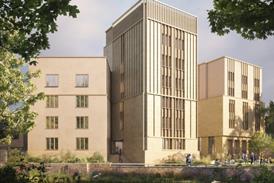- Home
- Intelligence for Architects
- Subscribe
- Jobs
- Events

2025 events calendar Explore now 
Keep up to date
Find out more
- Programmes
- CPD
- More from navigation items
World Heritage status - a blessing or curse?

After 30 years as a World Heritage Site, the Tower of London faces being delisted. Does it matter?
Next month the 4th annual World Heritage UK conference will be held at the Tower of London. The date coincides with the 30th anniversary of the Tower of London’s elevation to World Heritage Site status, the coveted Unesco designation that recognises a landmark or location for its unique “cultural, historic or scientific” contribution to global civilisation.
The UK has 31 such sites and they include natural landscapes such as Giant’s Causeway and the Lake District as well as urban landmarks such as the city of Bath and Edinburgh Old and New Towns. London has four such sites, and globally the designation also includes iconic locations such as the Taj Mahal, the pyramids of Giza and the Grand Canyon.
But this autumn’s conference in London will seek to examine how the wider setting of UK Unesco World Heritage Sites can be enhanced and protected, and this touches on an incendiary issue that has caused growing concern among heritage lobbyists and others in recent years.
Aptly, the Tower of London itself remains a case in point. When it received its World Heritage Site inscription in 1988, the citation identified it as “the most complete example of an 11th century fortress palace remaining in Europe”. While this accolade remains unchanged, in the intervening decades the setting of the Tower has been altered almost beyond recognition by a forest of City of London skyscrapers crowding the skyline behind the medieval fortress – with more still to come.
…
This is premium content.
Only logged in subscribers have access to it.
Login or SUBSCRIBE to view this story

Existing subscriber? LOGIN
A subscription to Building Design will provide:
- Unlimited architecture news from around the UK
- Reviews of the latest buildings from all corners of the world
- Full access to all our online archives
- PLUS you will receive a digital copy of WA100 worth over £45.
Subscribe now for unlimited access.
Alternatively REGISTER for free access on selected stories and sign up for email alerts






